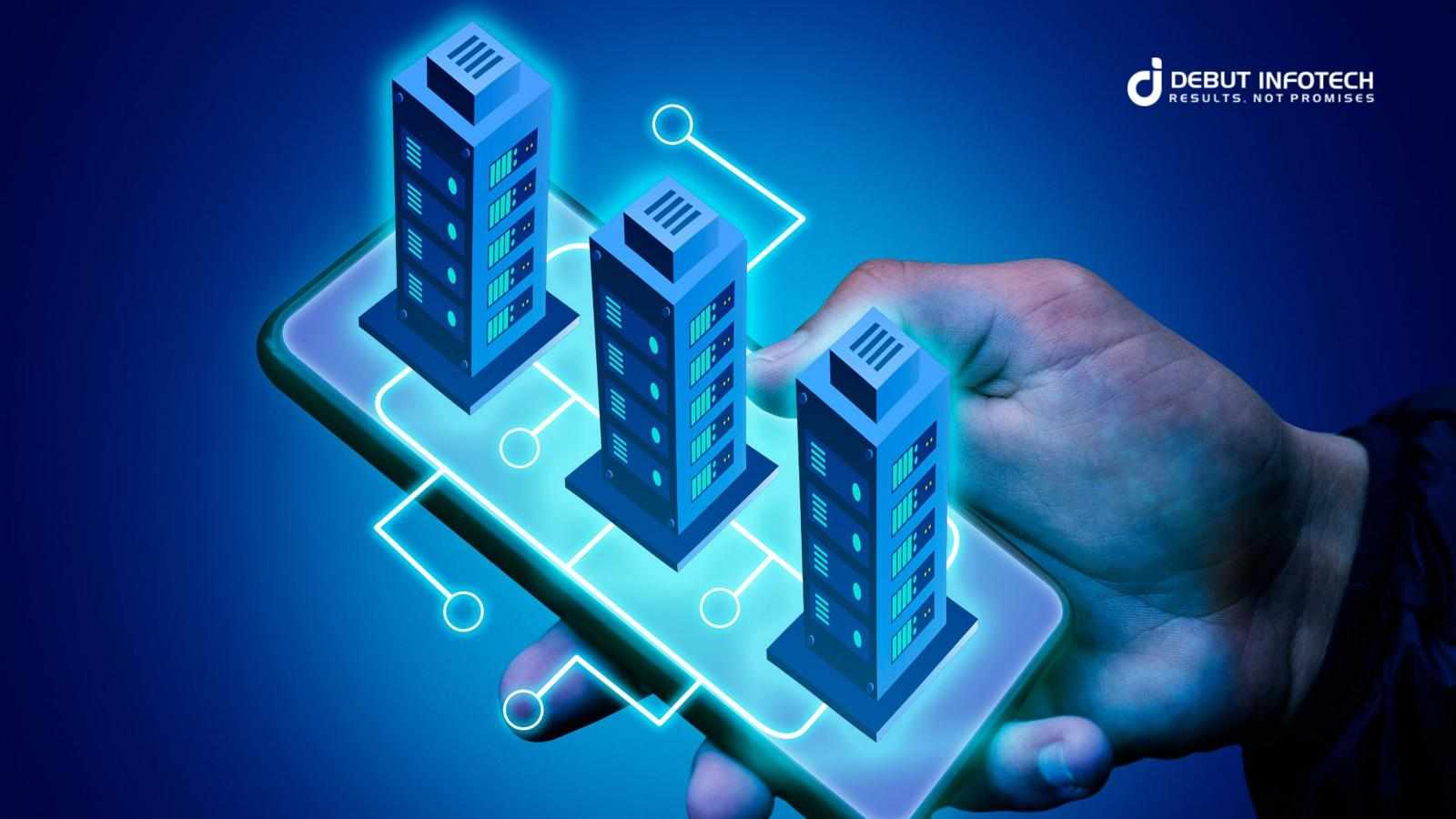
Introduction:
Blockchain technology has evolved far beyond its origins in cryptocurrency, now serving as a versatile tool for various industries such as finance, supply chain, healthcare, and more. Custom blockchain application development is the process of creating tailored blockchain-based solutions that meet the specific needs of a business or project. These applications provide secure, transparent, and decentralized environments for transactions, data storage, and more.
Key Stages in Custom Blockchain Application Development
Custom blockchain application development involves several stages, each focused on ensuring the successful design, deployment, and optimization of a decentralized solution. Here’s an overview of the key stages:
1. Understanding Business Requirements
The first and most crucial step in blockchain application development is understanding the specific business needs. Blockchain is not a one-size-fits-all solution; therefore, a deep understanding of the problem you're trying to solve is essential for creating a tailored blockchain application.
2. Blockchain Architecture Design
Once the business requirements are understood, the next step is to design the blockchain architecture. This is where the technical team decides on the structure of the blockchain network. The architecture design depends on several factors such as:
Blockchain Type: Will it be a public blockchain, where anyone can participate, or a private one, which is restricted to a particular set of users? A hybrid model is also a common choice, combining the strengths of both.
Consensus Mechanism: The consensus algorithm (e.g., Proof of Work, Proof of Stake, Practical Byzantine Fault Tolerance) determines how transactions are validated on the network and ensures the integrity of the blockchain.
These self-executing contracts run on the blockchain to facilitate, verify, or enforce the terms of a contract. The design of these contracts will be central to the application’s functionality.
Data Storage and Security: Blockchain applications require secure methods to store data, particularly sensitive business data. The architecture must ensure that data is immutable, encrypted, and accessible only by authorized parties.
The architecture design stage sets the foundation for the technical aspects of the application, ensuring scalability, security, and high performance.
3. Smart Contract Development
Smart contract development are one of the defining features of blockchain applications. These contracts automatically execute predefined actions when specific conditions are met, eliminating the need for intermediaries.
A key part of custom blockchain application development is creating these smart contracts, which may include:
Transaction Automations: Facilitating actions such as payment execution, ownership transfer, or business agreements.
Validation Rules: Defining the rules under which actions are triggered (e.g., a payment is made when a product is delivered).
Security Features: Preventing unauthorized access or manipulation of the contract’s terms.
4. Blockchain Platform Selection
The next step is choosing the right blockchain platform for your custom application. Several blockchain platforms cater to different needs, such as:
Ethereum: Known for its large developer ecosystem and robust support for smart contracts.
Hyperledger: Suitable for private or permissioned blockchain applications, often used in supply chain or enterprise-level applications.
Binance Smart Chain: Popular for decentralized finance applications due to its faster transaction speeds and lower costs.
Solana Blockchain development: Known for its scalability and low-latency transaction processing, ideal for applications requiring high-speed transactions.
Polygon: Offers scalability solutions for Ethereum, designed to make decentralized applications faster and more efficient.
Choosing the right platform depends on factors such as transaction speed, cost, scalability, and the required functionality of the application. Developers must assess the specific needs of the application and ensure that the chosen blockchain network can support the project’s long-term goals.
5. Front-End and Back-End Development
Blockchain applications need a user-friendly interface to interact with the decentralized network. The front-end development ensures that users can easily access the blockchain app, initiate transactions, and view relevant data.
Key considerations for front-end development include:
Wallet Integration: Enabling users to connect their blockchain wallets (e.g., MetaMask, Trust Wallet) for transactions.
User Experience (UX): Creating intuitive navigation and design to make complex blockchain processes accessible to all users, regardless of their technical knowledge.
On the back-end side, developers ensure the smooth functioning of the blockchain’s internal components, including:
Blockchain Node Management: Ensuring that the blockchain nodes (which make up the network) are running smoothly and syncing properly.
Transaction Management: Handling the creation, validation, and processing of transactions in a secure and efficient manner.
The front-end and back-end development must work seamlessly together to create an optimized user experience for blockchain applications.
6. Testing and Auditing
Before deployment, thorough testing and auditing are essential to ensure the application’s functionality, security, and performance. This stage involves:
Smart Contract Audits: Ensuring that smart contracts are free from vulnerabilities or potential exploits that could compromise the platform’s security.
Load Testing: Ensuring the blockchain can handle the required transaction volume and user traffic without lag or failure.
Security Testing: Identifying any potential security flaws, such as unauthorized access or potential exploits, and addressing them before launch.
Testing is a critical step that prevents potential issues and vulnerabilities, ensuring a safe and reliable blockchain application for users.
For more information check our blog " blockchain development company in usa "
7. Deployment and Maintenance
Once the application is thoroughly tested and the blockchain network is ready, it’s time to deploy the solution to the live environment. At this stage, the application is launched on the blockchain network, where users can start interacting with it.
Upgrading Smart Contracts
Network Scaling
Bug Fixes and Security Updates
Conclusion
Custom blockchain application development is a multifaceted process that requires a deep understanding of both business needs and blockchain technology. By following a structured development approach from understanding requirements to deploying and maintaining the application businesses can unlock the full potential of blockchain technology for secure, transparent, and efficient solutions. Whether you are developing a decentralized finance platform, a supply chain application, or a solution, custom blockchain applications provide an innovative way to revolutionize industries and create value.
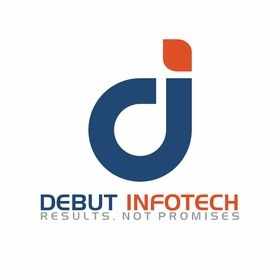

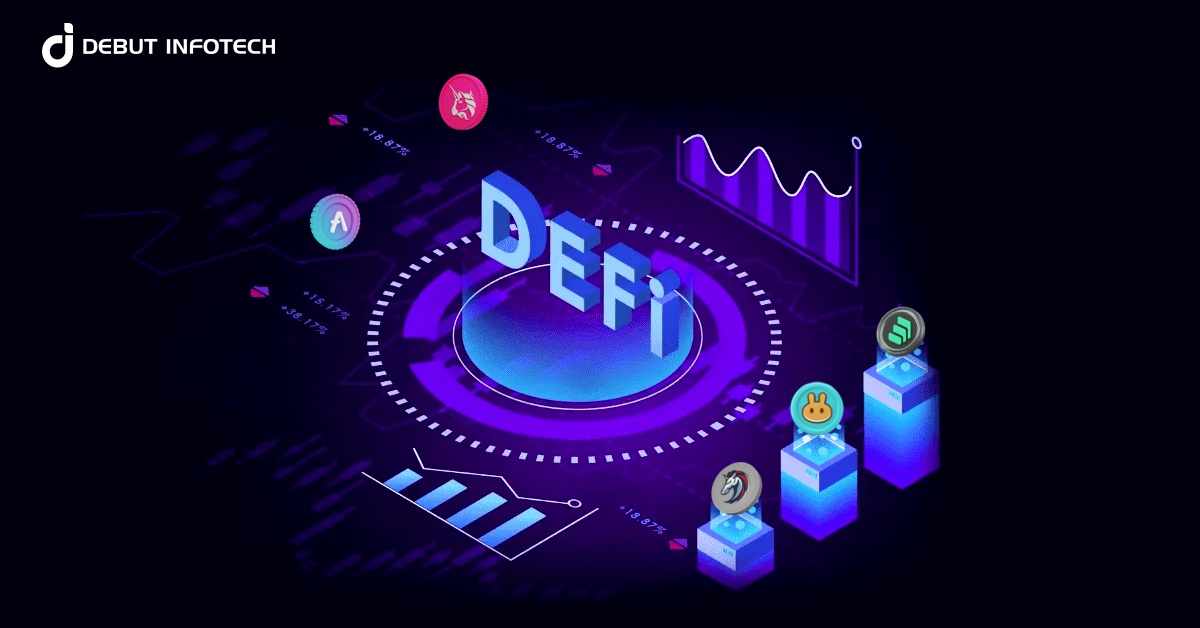

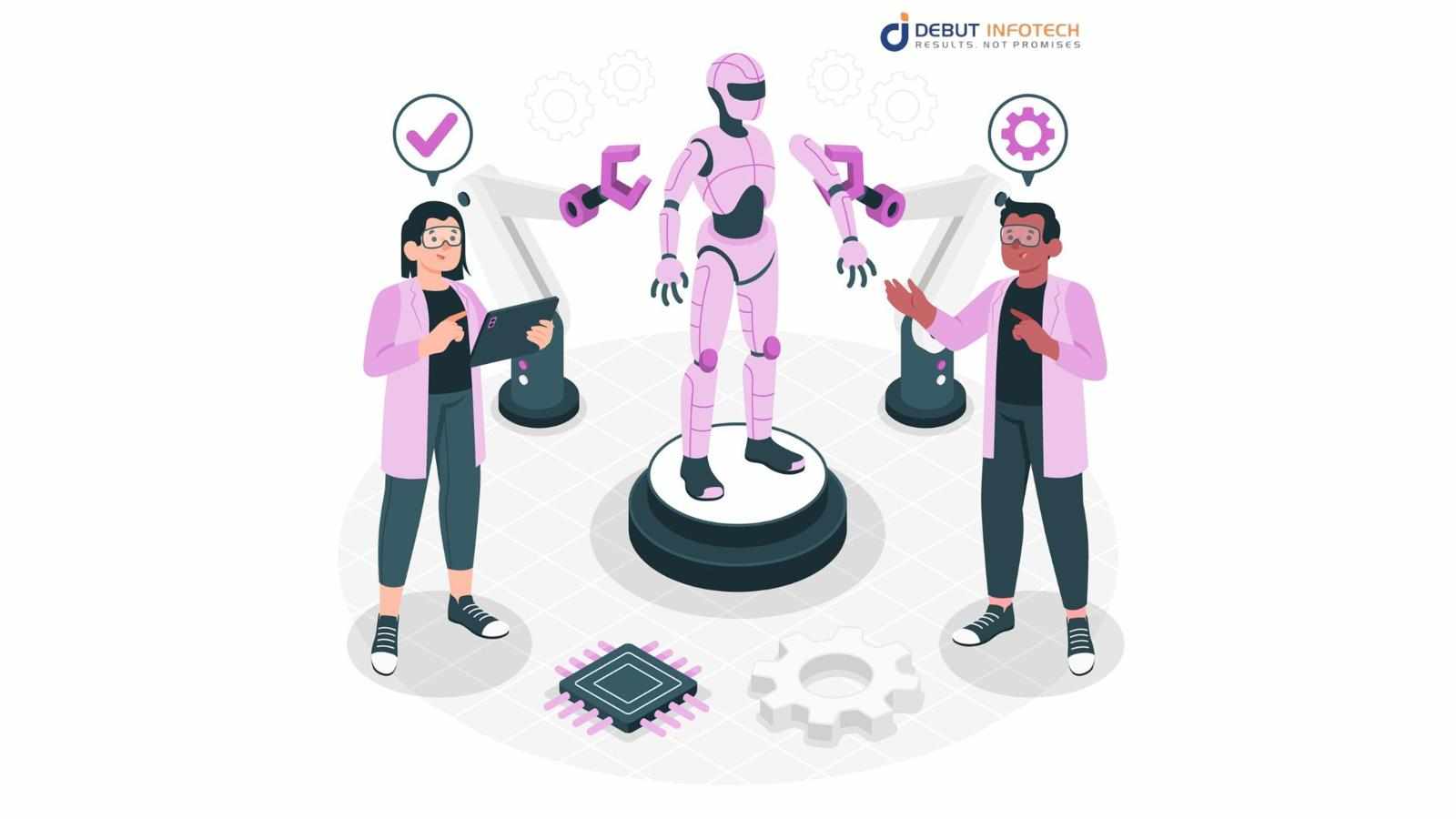
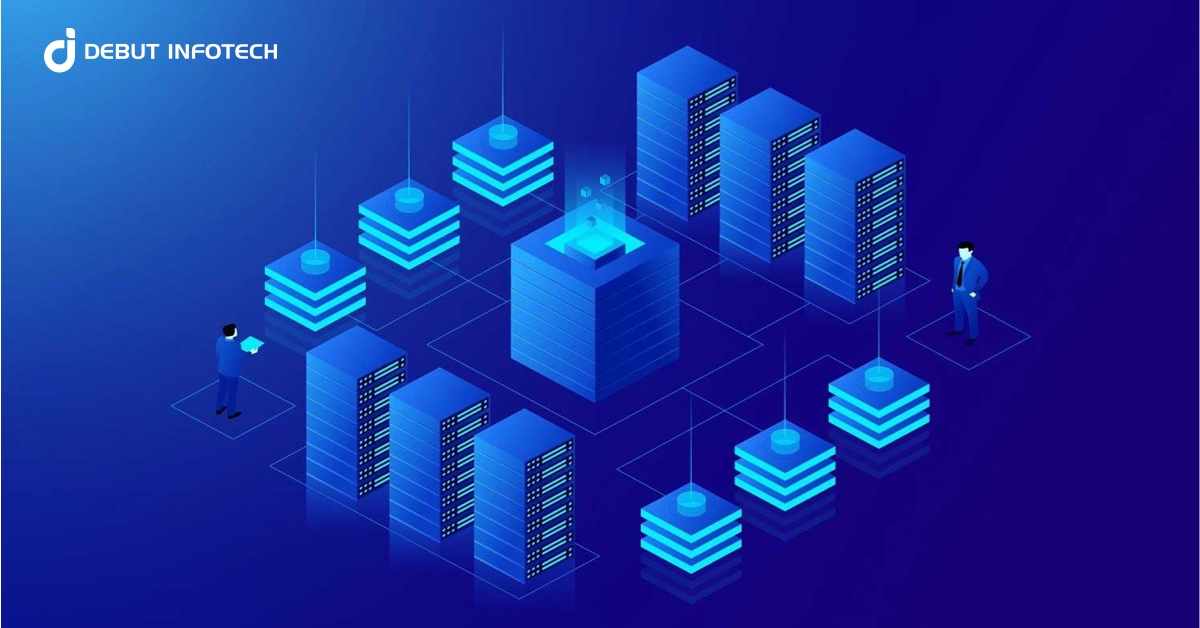

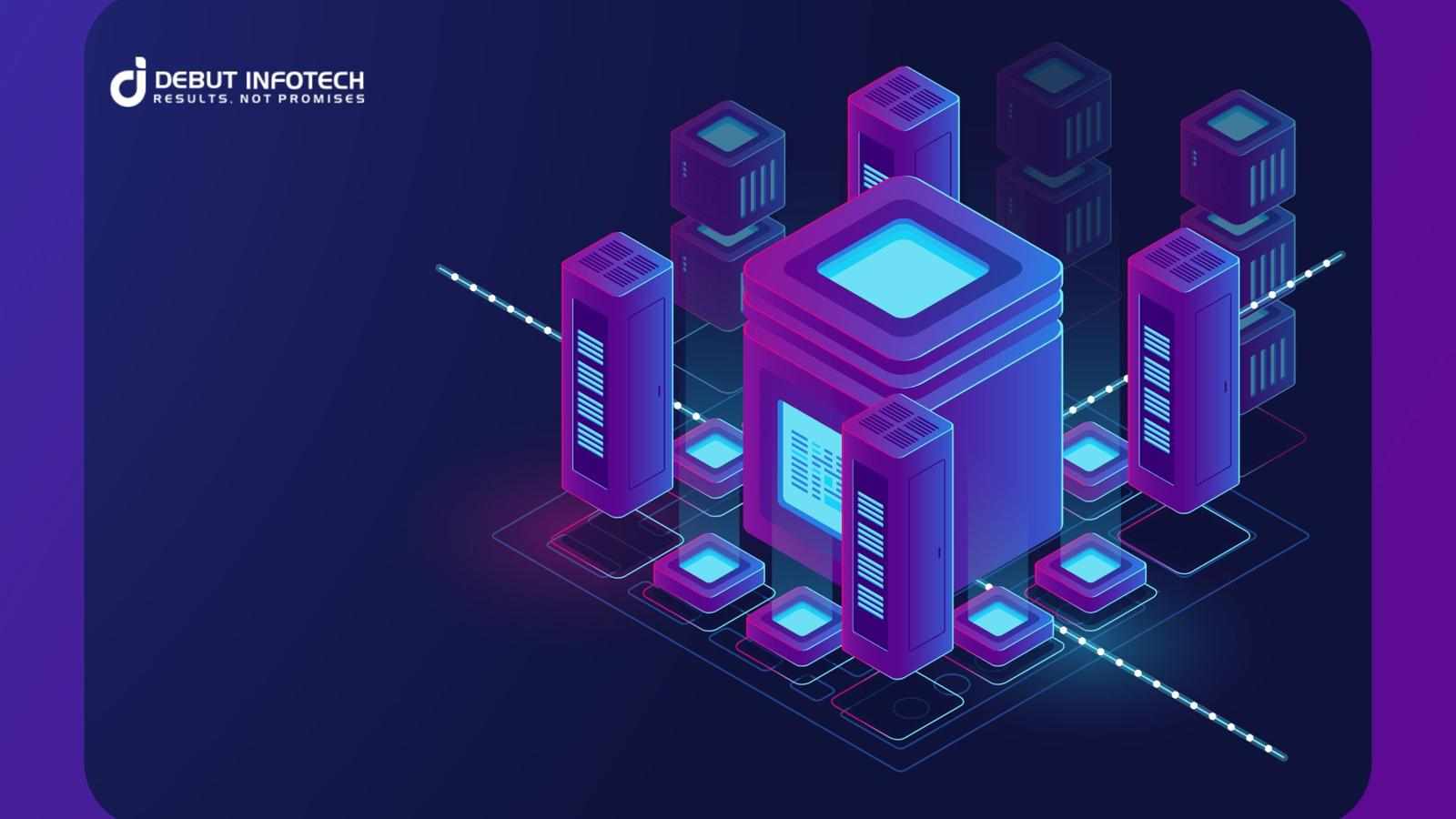
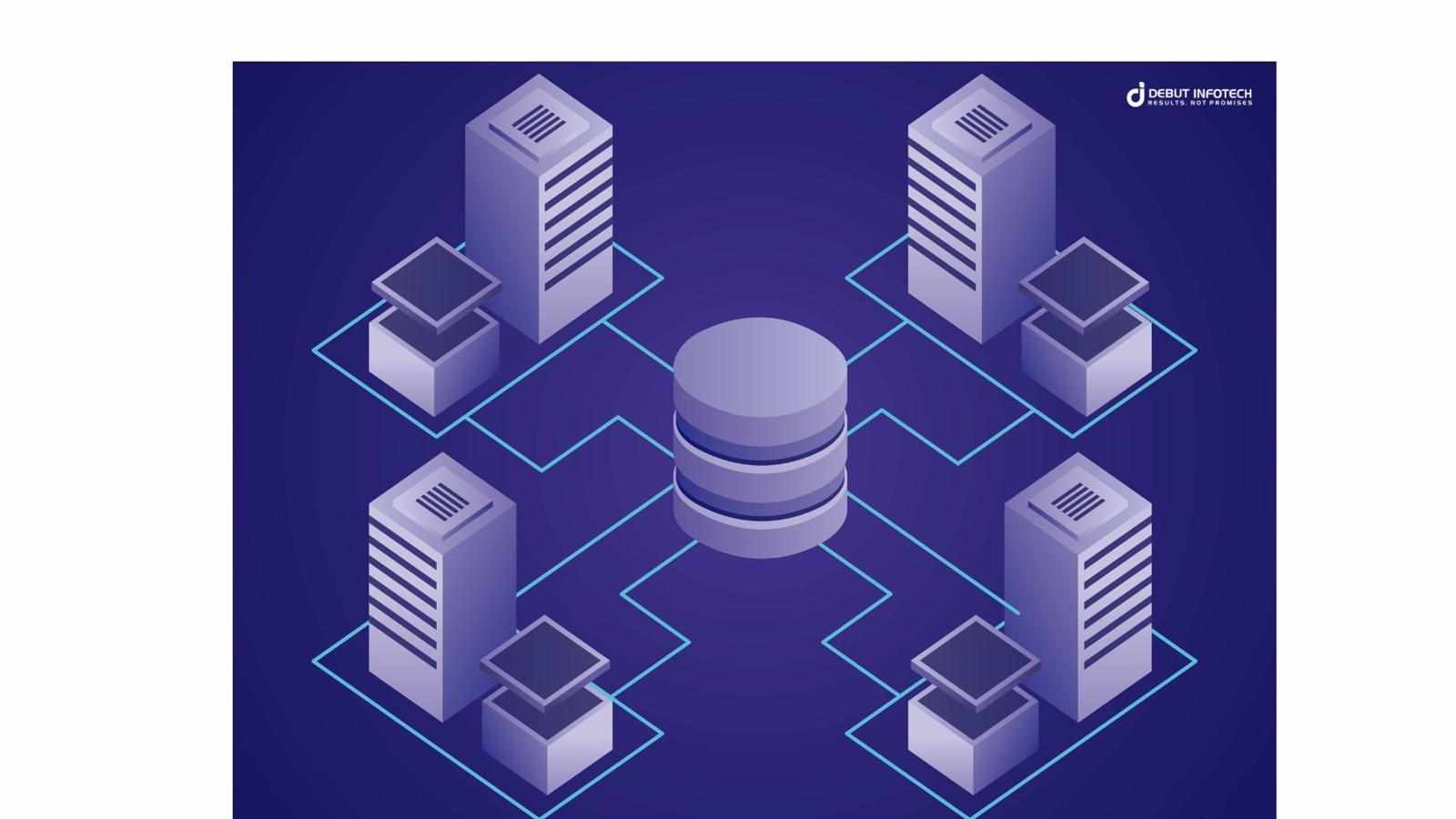
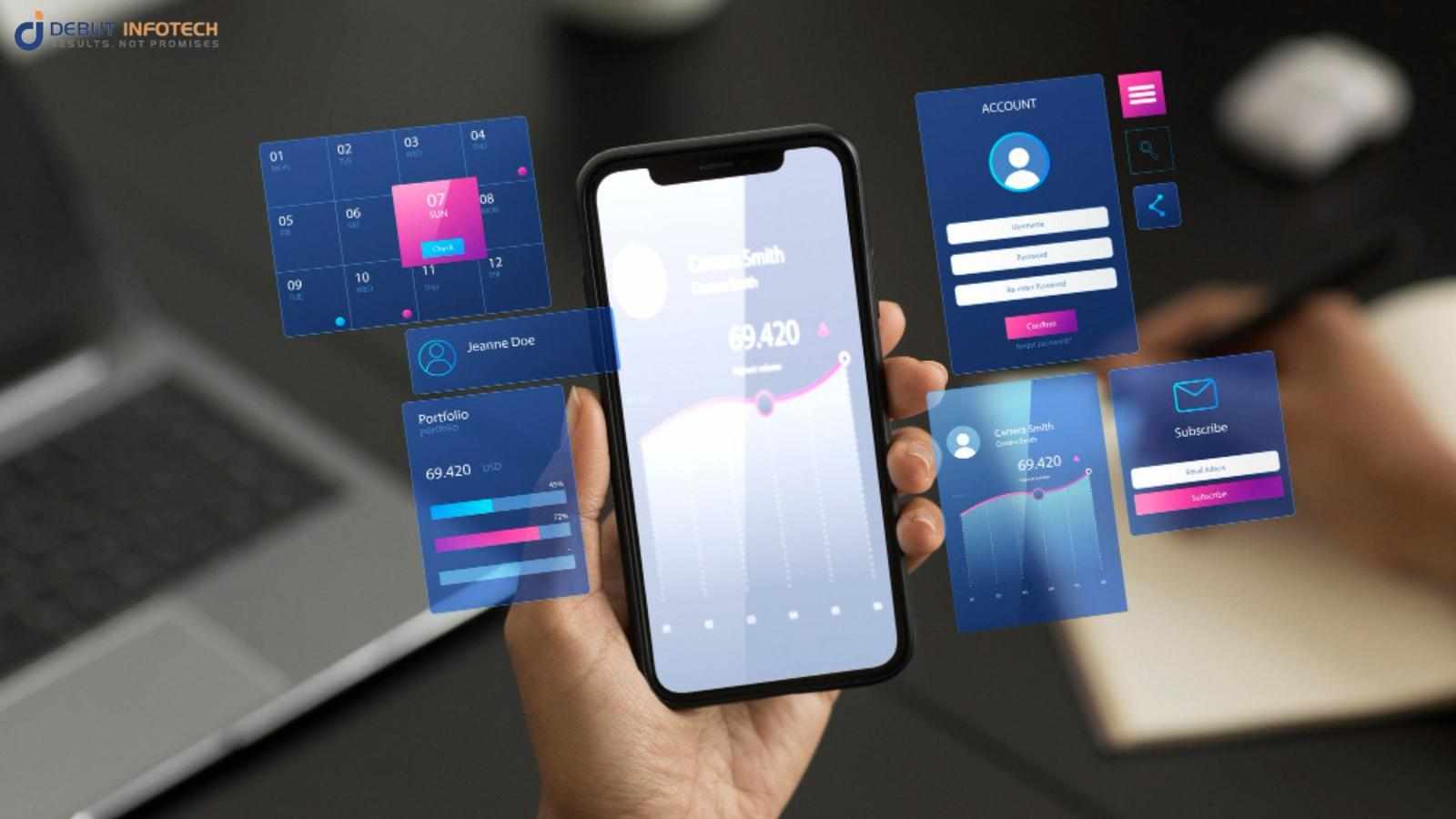

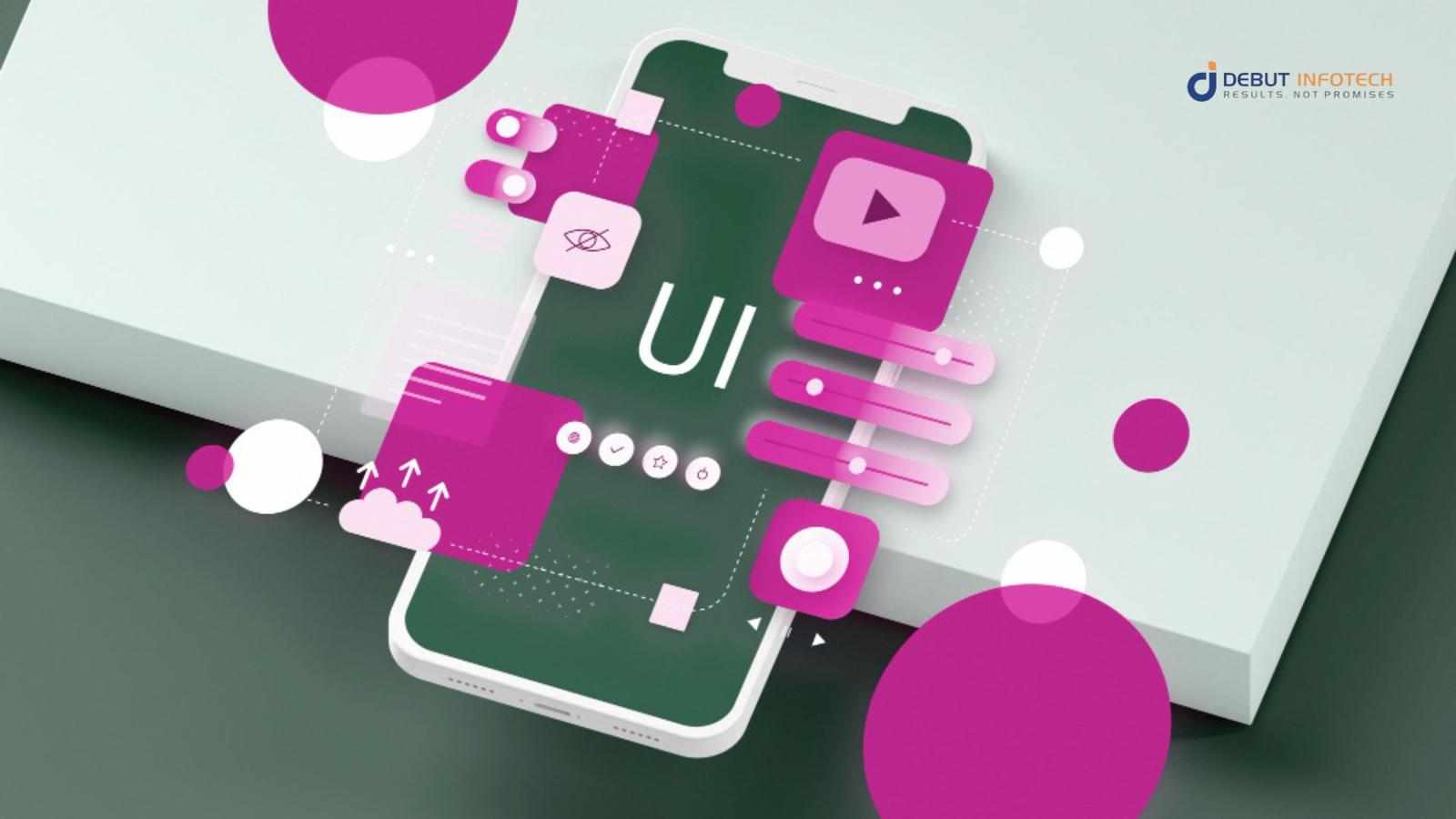
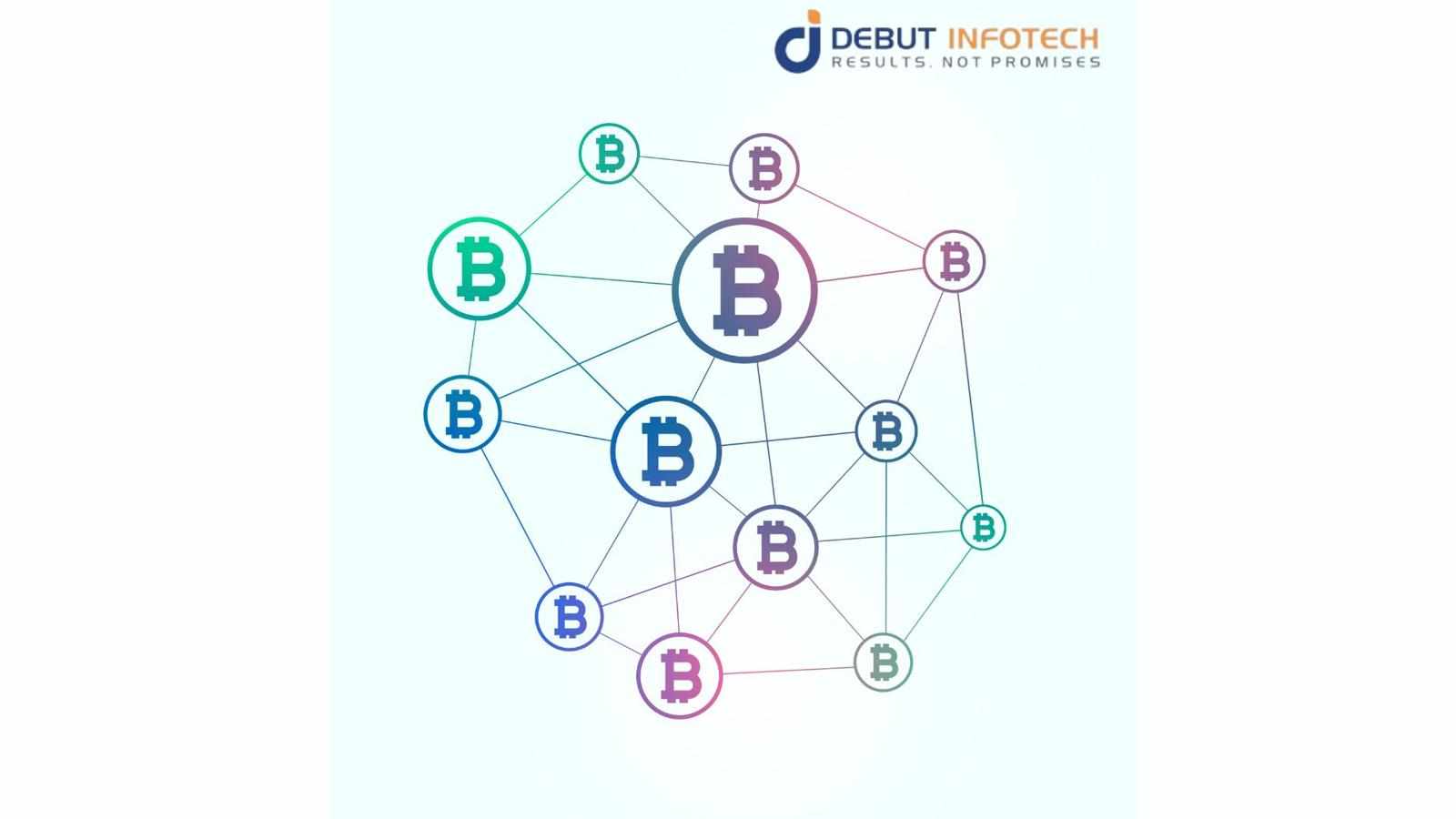
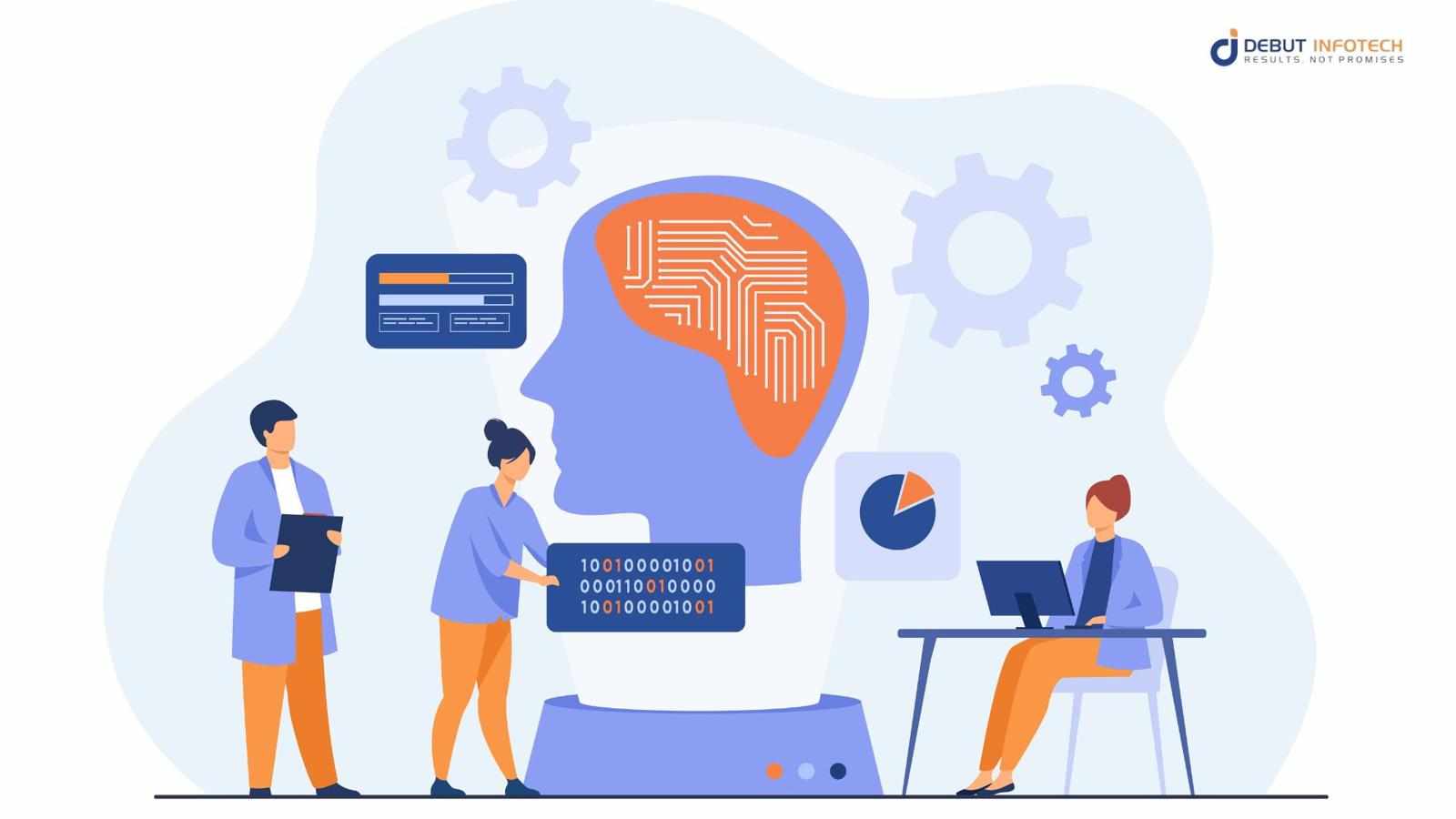
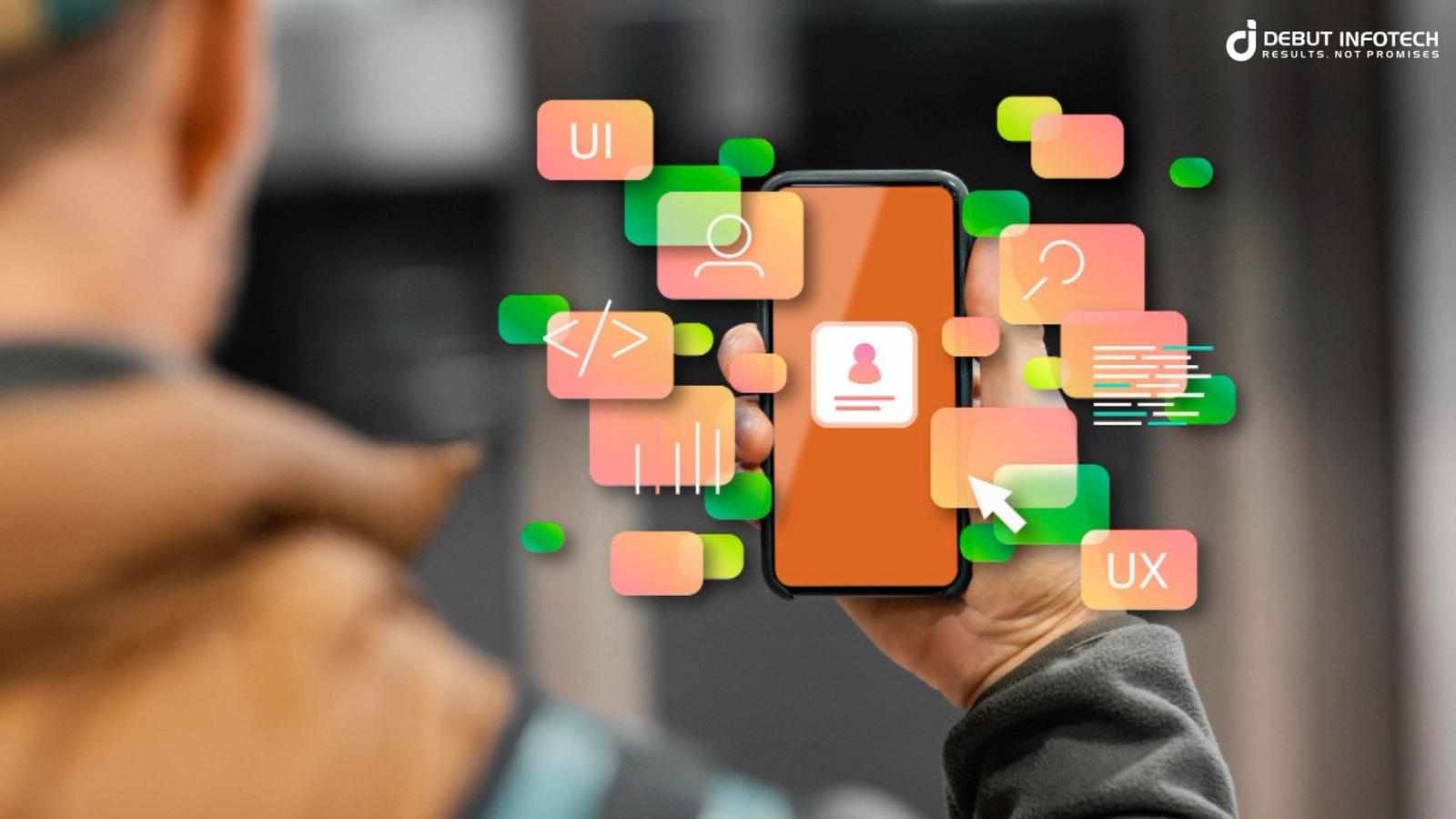

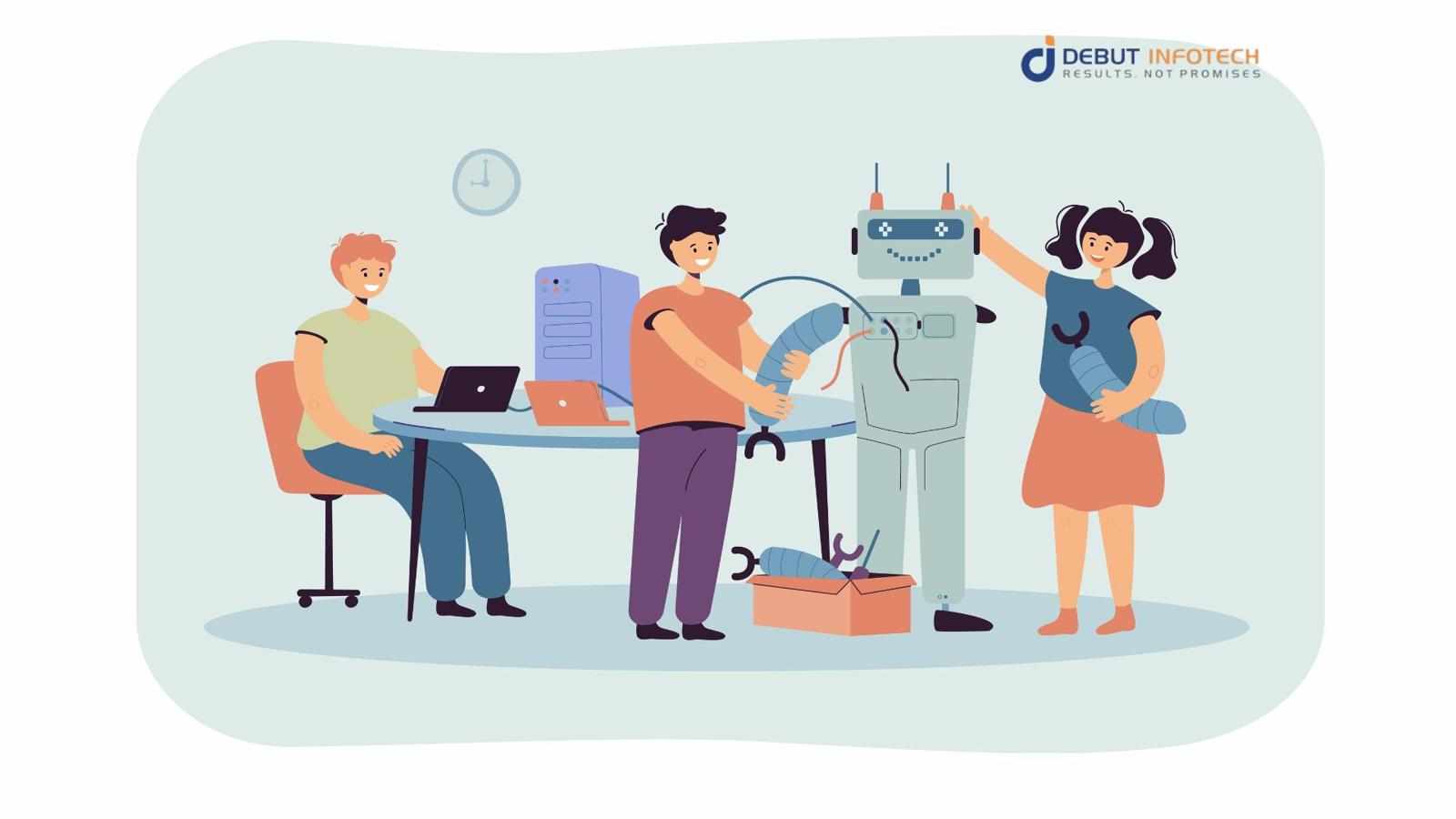



Write a comment ...